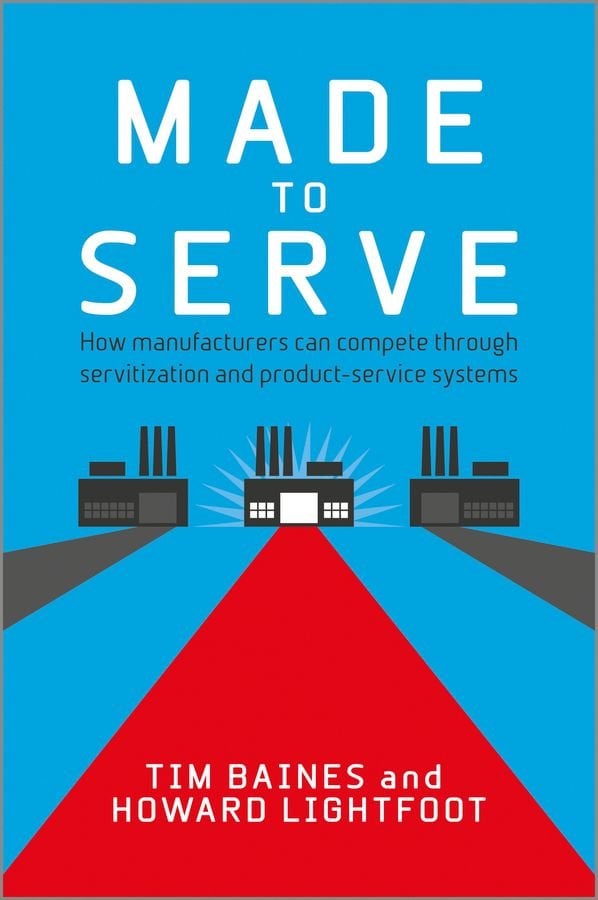are then selected and must meet the general ‘biocompatibility’ requireÂ- ments. Prototypes are built and tested to include biocompatibility evaluaÂ- tions based on ASTM standard procedures. The device is validated for sterility and freedom from pyrogens before it can be tested on animals or humans. Medical devices are classified as class I, II or III depending on their invasiveness. Class I devices can be marketed by submitting notification to the FDA. Class II and III devices require either that they show equivalence to a device marketed prior to 1976 or that they receive pre-marketing approval. The time from device conception to FDA approval can range from months (class I device) to in excess of ten years (class III device). Therefore, much planning is necessary to pick the best regulatory approach. 2. Wound Dressings and Skin Replacement 2.1 Introduction Wounds to the skin are encountered every day. Minor skin wounds cause some pain, but these wounds will heal by themselves in time. Even though many minor wounds heal effectively without scarring in the absence of treatment, they heal more rapidly if they are kept clean and moist. Devices such as Band-Aids are used to assist in wound healing. For deeper wounds, a variety of wound dressings have been developed including cell cultured artificial skin. These materials are intended to promote healing of skin damaged or removed as a result of skin grafting, ulceration, burns, cancer excision or mechanical trauma.












